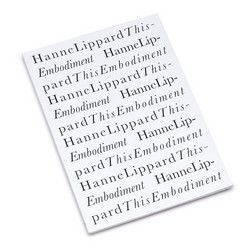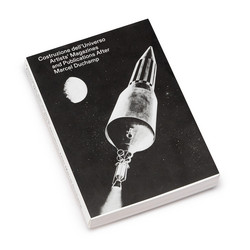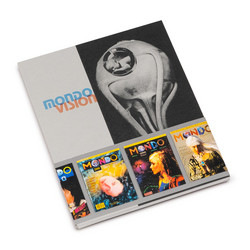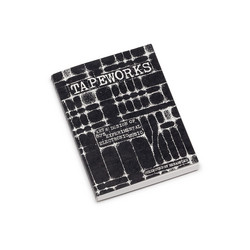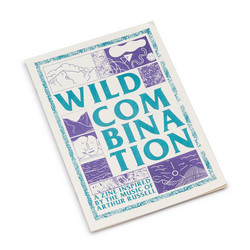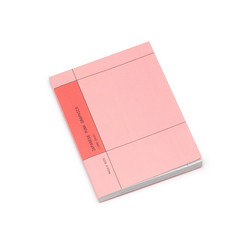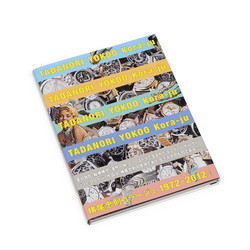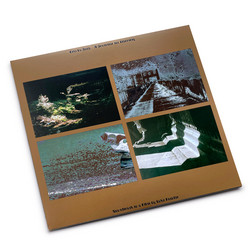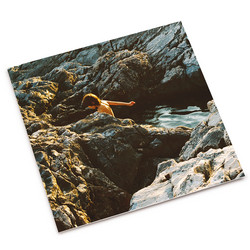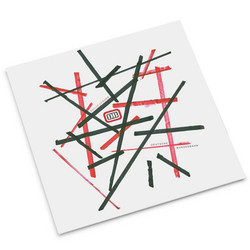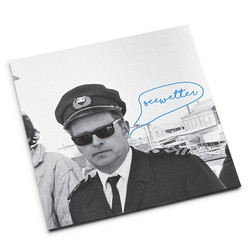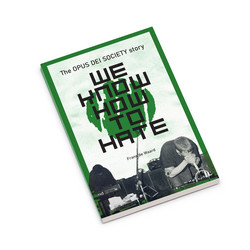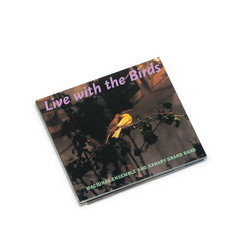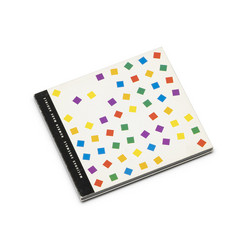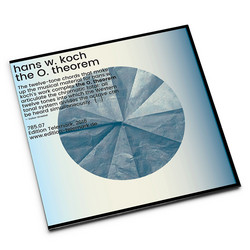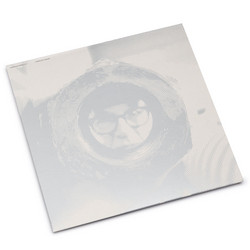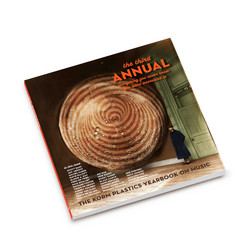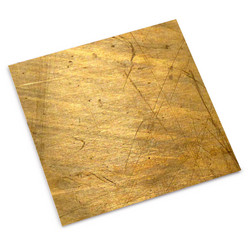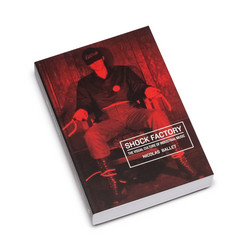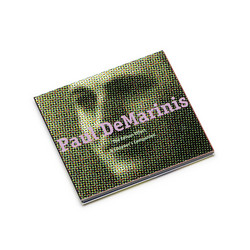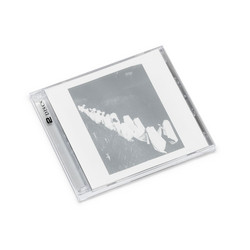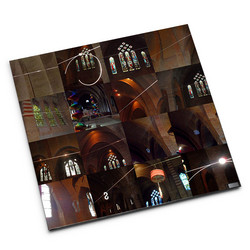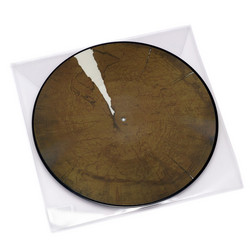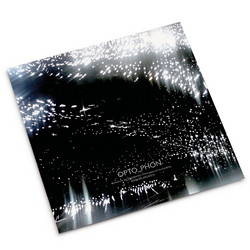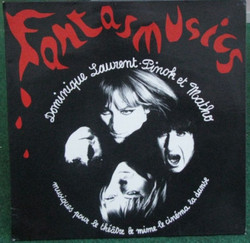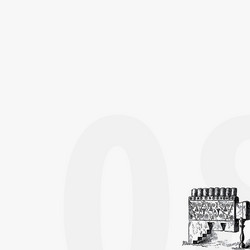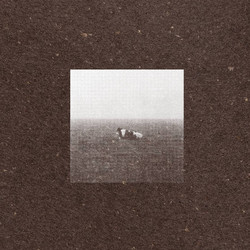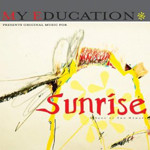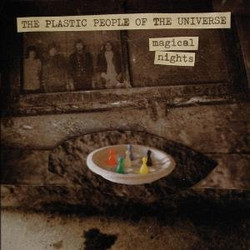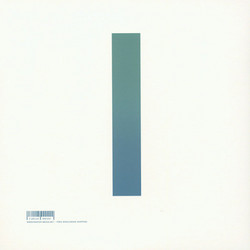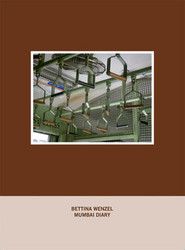Tecnocreto, Gwenaël Rattke’s third book for Visible Publications, began during an extended stay in Mexico City in 2019. Collecting images and graphics, Rattke made daily collages in a large blank book to form a long, continuous montage. Upon his return home to Berlin, geometric shapes were airbrushed onto old, porous East German paper and incorporated into the work.
Much of the book’s initial inspiration came from a 1970s construction company directory Rattke found in a second-hand bookstore in Xalapa, Veracruz. Advertising contractors, building techniques, and concrete and steel suppliers, this publication presented information in a visually ground-breaking, experimental and poetic way. Tecnocreto, like so much of Rattke’s work, pays homage to this sort of anonymous, innovative, pre-digital commercial graphic design.
Another touchpoint was the public sculpture projects initiated by German-Mexican artist and architect Mathias Göritz. These include the monumental concrete towers Göritz created in 1958 with architect Luis Barragán in Ciudad Satélite, on the periphery of Mexico City, as well as La Ruta de la Amistad, conceived as part of the Cultural Program of the 1968 Mexico City Olympics. Imposing in both scale and scope, La Ruta de la Amistad is a 17km-long sculpture corridor running along the southern ring road, surrounding the megalopolis. It showcases 19 large-scale concrete sculptures painted in vibrant colors made by artists from five continents.
Göritz described his practice as “emotional architecture,” and his interdisciplinary approach had a profoundly spiritual nature. This work also resonated deeply with Alejandro Jodorowsky, a central figure of Mexico City’s 1960s/70s avant-garde. Jodorowsky used the Ciudad Satélite towers in his seminal 1973 film The Holy Mountain, where the site represents a point of entry towards a metaphysical voyage of self-transformation.
Building on these antecedents and investigations, Tecnocreto brings together Rattke’s many interests: industrial construction processes, commercial graphic design, and the idea of Mexico City as a place of exile and refuge (both Göritz and Jodorowsky were émigrés). In this book, Rattke assembles an argument for the poetic and transformational potential of art when it is understood as a form of healing.
